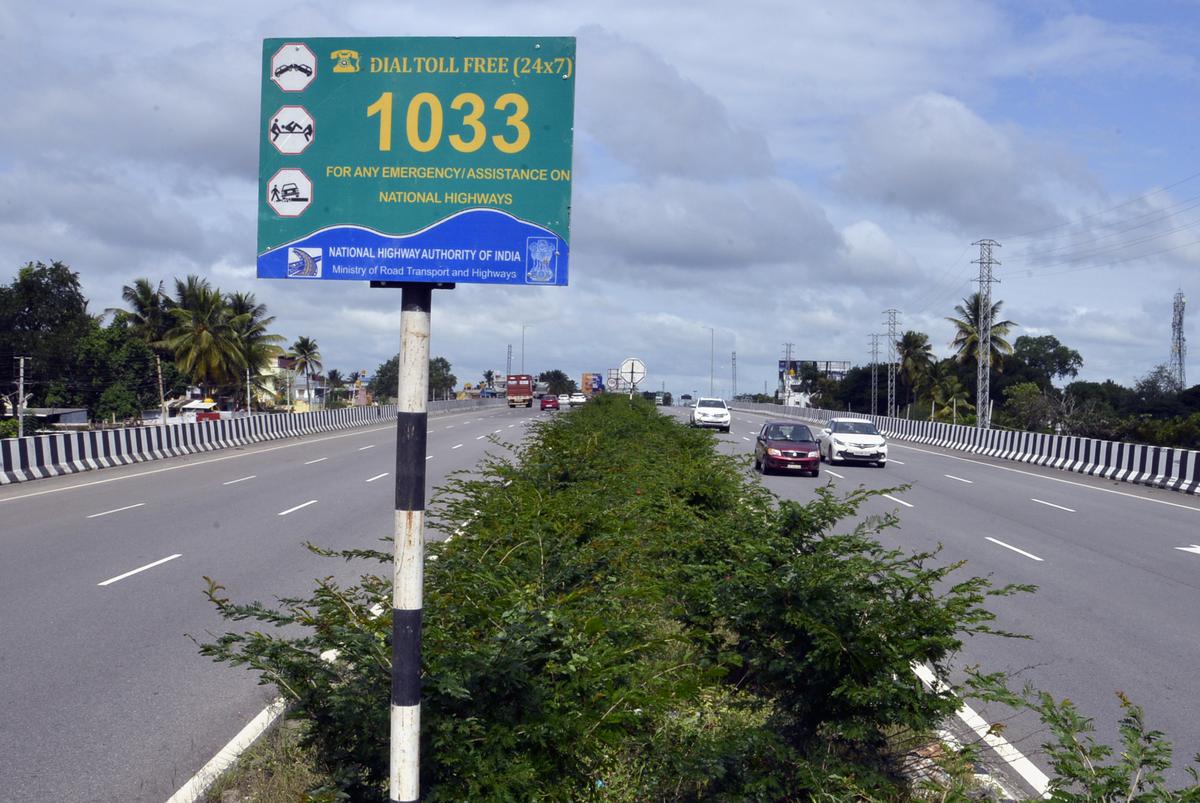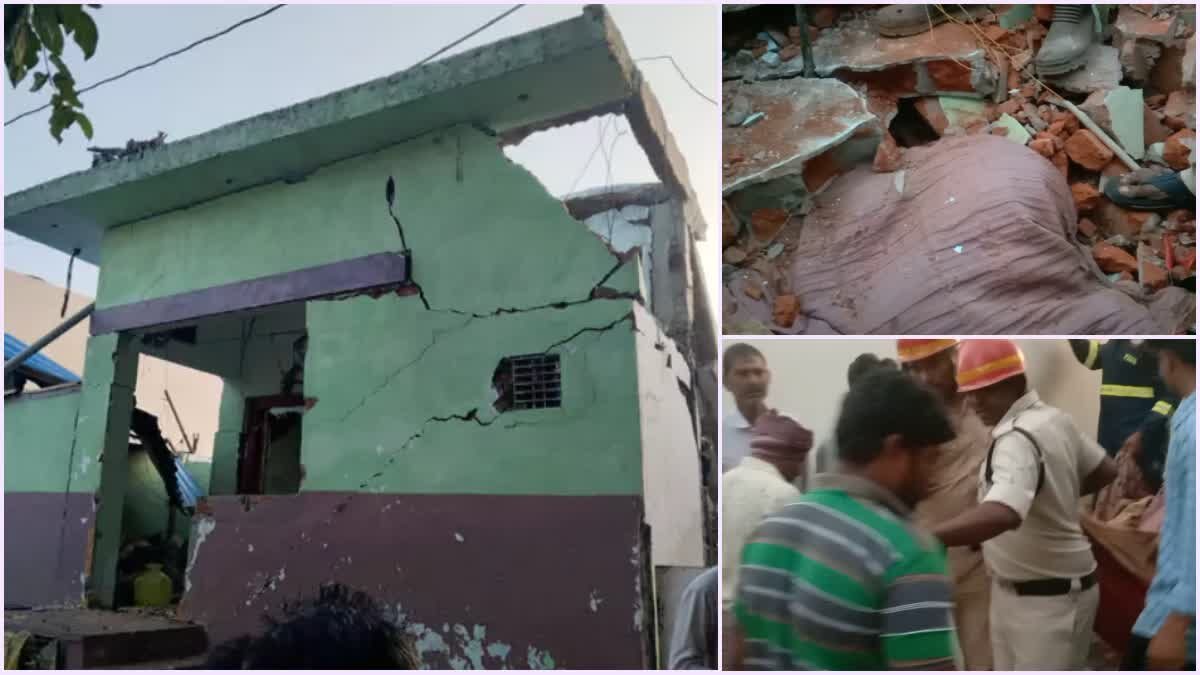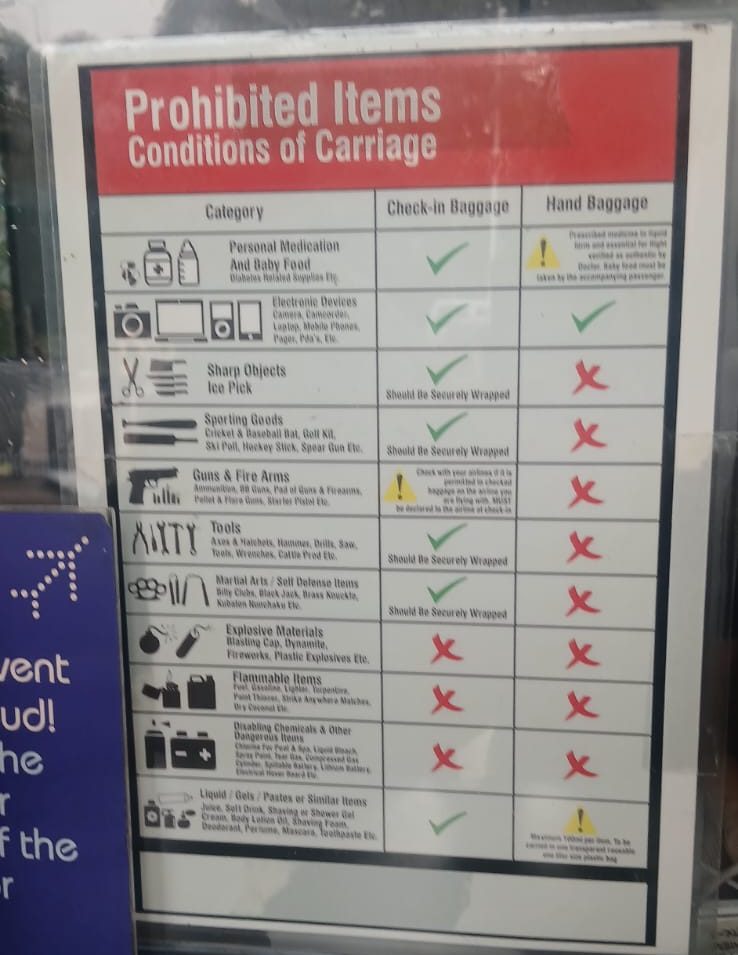India Launches Cashless Treatment Scheme for Road Accident Victims
A Lifeline for Emergency Care at 1033 Helpline Number
Reporting by Journo.K.V.R.Prasad, M.J.M.C.,
In a groundbreaking move to provide immediate medical assistance to road accident victims, the Government of India has rolled out a nationwide Cashless Treatment Scheme. This initiative, spearheaded by the Ministry of Road Transport and Highways, aims to ensure that accident victims receive timely and hassle-free medical care without the burden of financial constraints.
Key Features of the Scheme
- Cashless Treatment Coverage:
- The scheme provides up to Rs. 2.5 lakh per accident victim for treatment within the first 48 hours of the incident.
- Coverage includes hospitalization, surgeries, diagnostics, and emergency care.
- Eligibility:
- The scheme covers all road accident victims, regardless of their nationality, income, or insurance status.
- It applies to accidents occurring on all types of roads, including national highways, state highways, and rural roads.
- Network of Hospitals:
- Over 1,500 empaneled hospitals across India are part of the scheme, ensuring widespread access to quality healthcare.
- Both public and private hospitals are included in the network.
- Seamless Process:
- Victims can avail cashless treatment by simply informing the hospital about the accident.
- Hospitals will directly coordinate with the government for reimbursement, eliminating the need for victims or their families to pay upfront.
- 24/7 Helpline:
- A dedicated toll-free helpline number (1033) has been set up to assist accident victims and their families in locating the nearest empaneled hospital and accessing the scheme.
Why This Scheme Matters
India records one of the highest numbers of road accidents globally, with over 500,000 accidents annually, leading to approximately 150,000 deaths and 300,000 serious injuries. A significant number of fatalities occur due to delayed medical attention, often caused by the lack of immediate funds for treatment.
The Cashless Treatment Scheme addresses this critical gap by ensuring that financial barriers do not hinder access to emergency care. Union Road Transport and Highways Minister Nitin Gadkari emphasized, “This scheme is a lifeline for accident victims. It ensures that no life is lost due to the lack of money for treatment.”
Implementation and Progress
The scheme was piloted in six states—Assam, Gujarat, Karnataka, Tamil Nadu, Uttar Pradesh, and Maharashtra—in early 2023. Following its success, it was expanded nationwide in March 2025. As of last year, over 50,000 accident victims have benefited from the scheme, with hospitals reimbursed for more than Rs. 500 crore in treatment costs.
Challenges and the Way Forward
While the scheme has been widely welcomed, challenges remain in ensuring its effective implementation:
- Awareness: Many citizens, especially in rural areas, are still unaware of the scheme. The government is launching awareness campaigns through radio, television, and social media.
- Hospital Participation: Some private hospitals have expressed concerns about delayed reimbursements. The government is working to streamline the reimbursement process and ensure timely payments.
- Coordination: Strengthening coordination between hospitals, police, and emergency services is crucial for the scheme’s success.
A Step Towards Safer Roads
The Cashless Treatment Scheme is part of a larger effort by the Indian government to improve road safety and reduce accident-related fatalities. Other initiatives include:
- Good Samaritan Policy: Rewards citizens who help accident victims.
- Black Spot Rectification: Identifying and fixing accident-prone areas on highways.
- Stricter Traffic Laws: Enforcing penalties for traffic violations.
Conclusion
The Cashless Treatment Scheme is a transformative step towards saving lives and providing equitable access to emergency healthcare. By removing financial barriers, it empowers citizens to act swiftly in times of crisis and ensures that accident victims receive the care they need. As the scheme gains momentum, it is expected to significantly reduce fatalities and set a benchmark for road safety initiatives worldwide.





